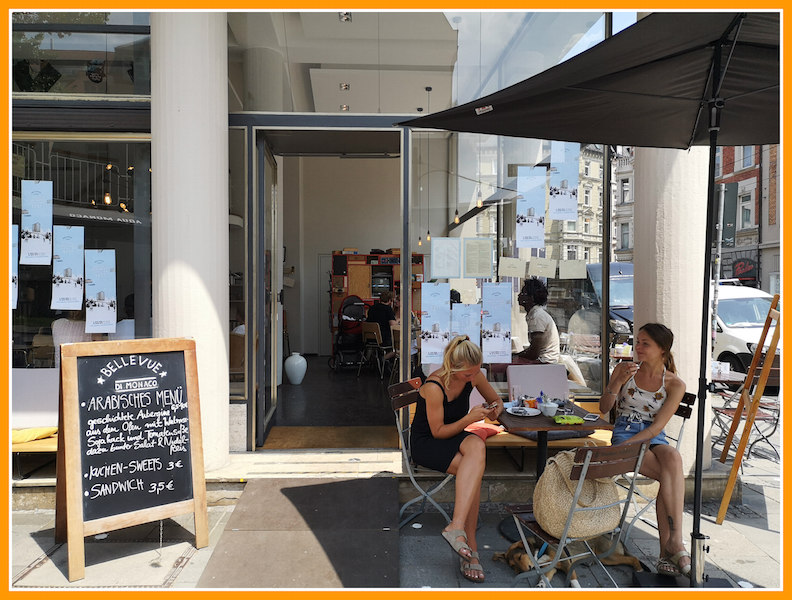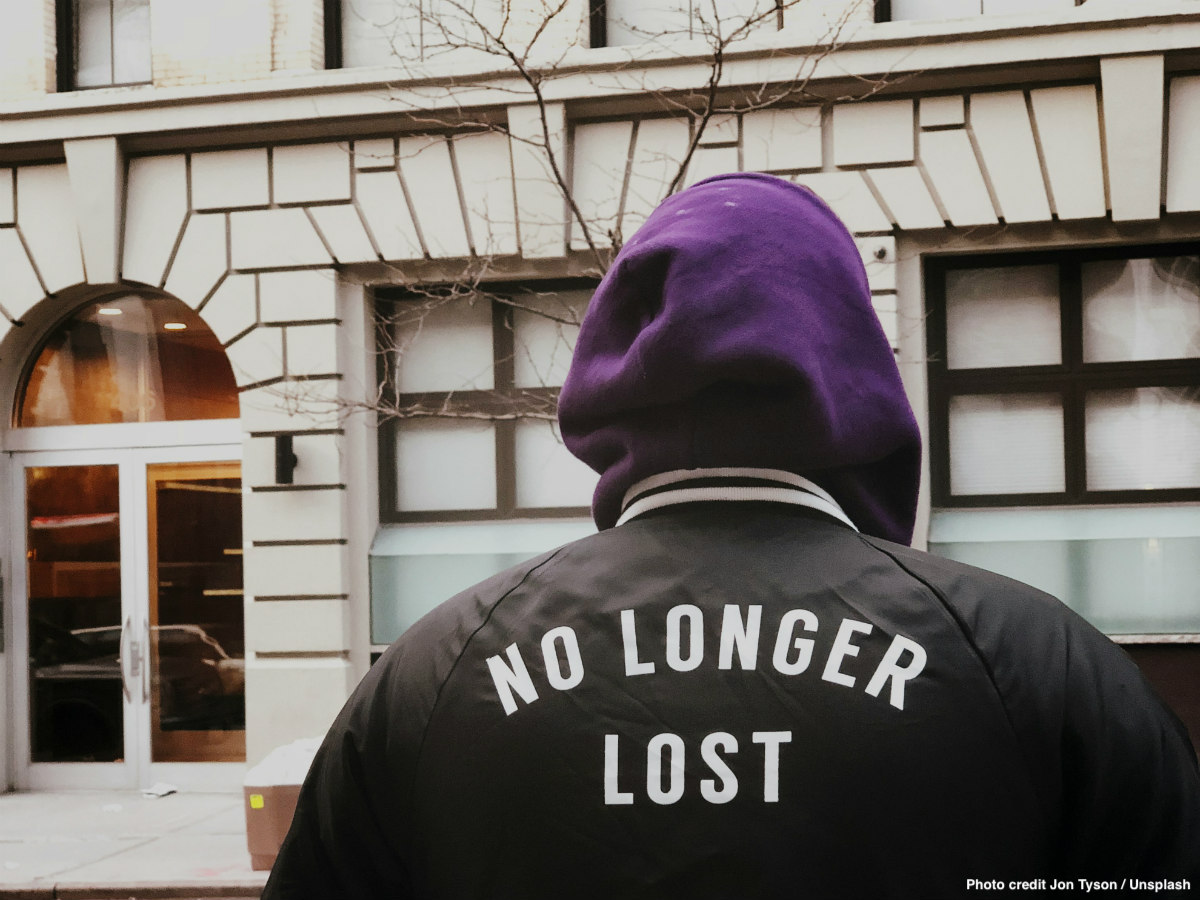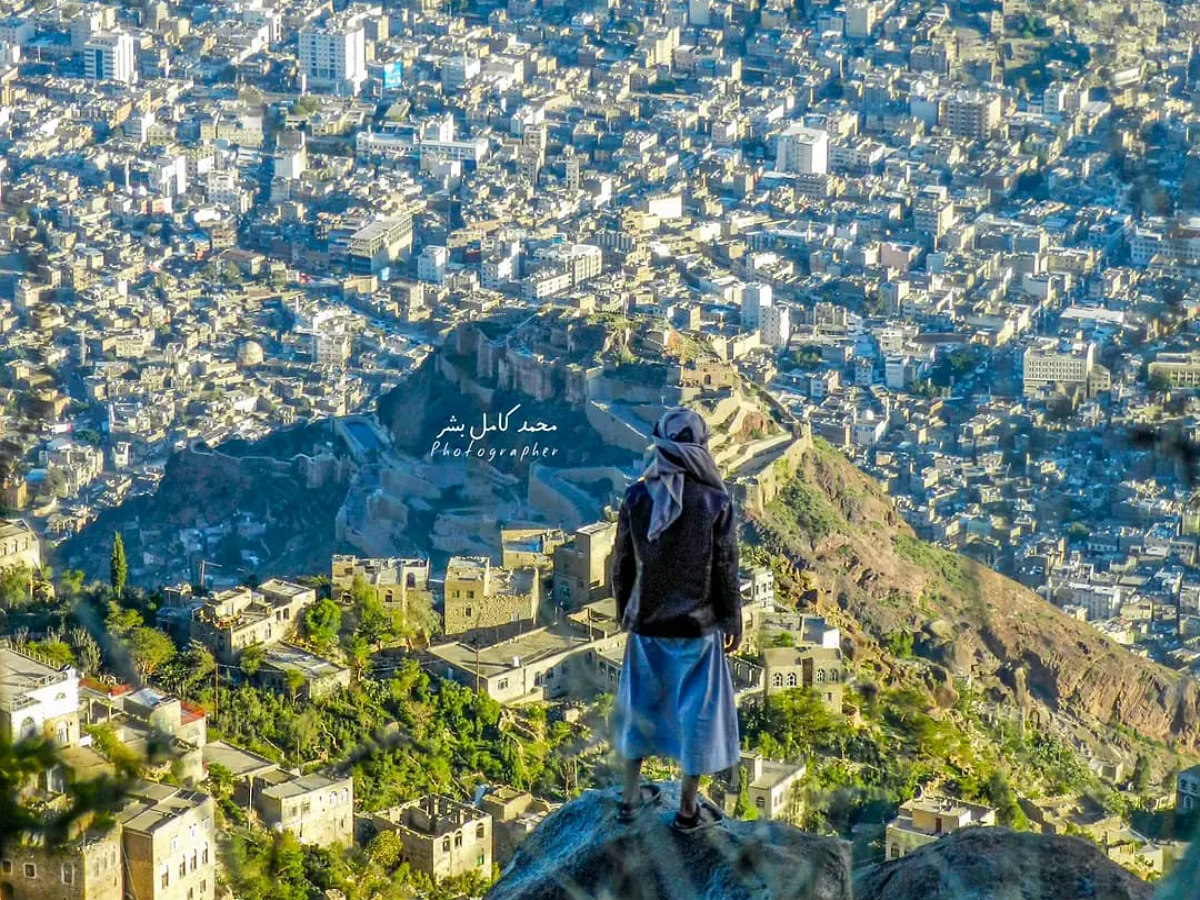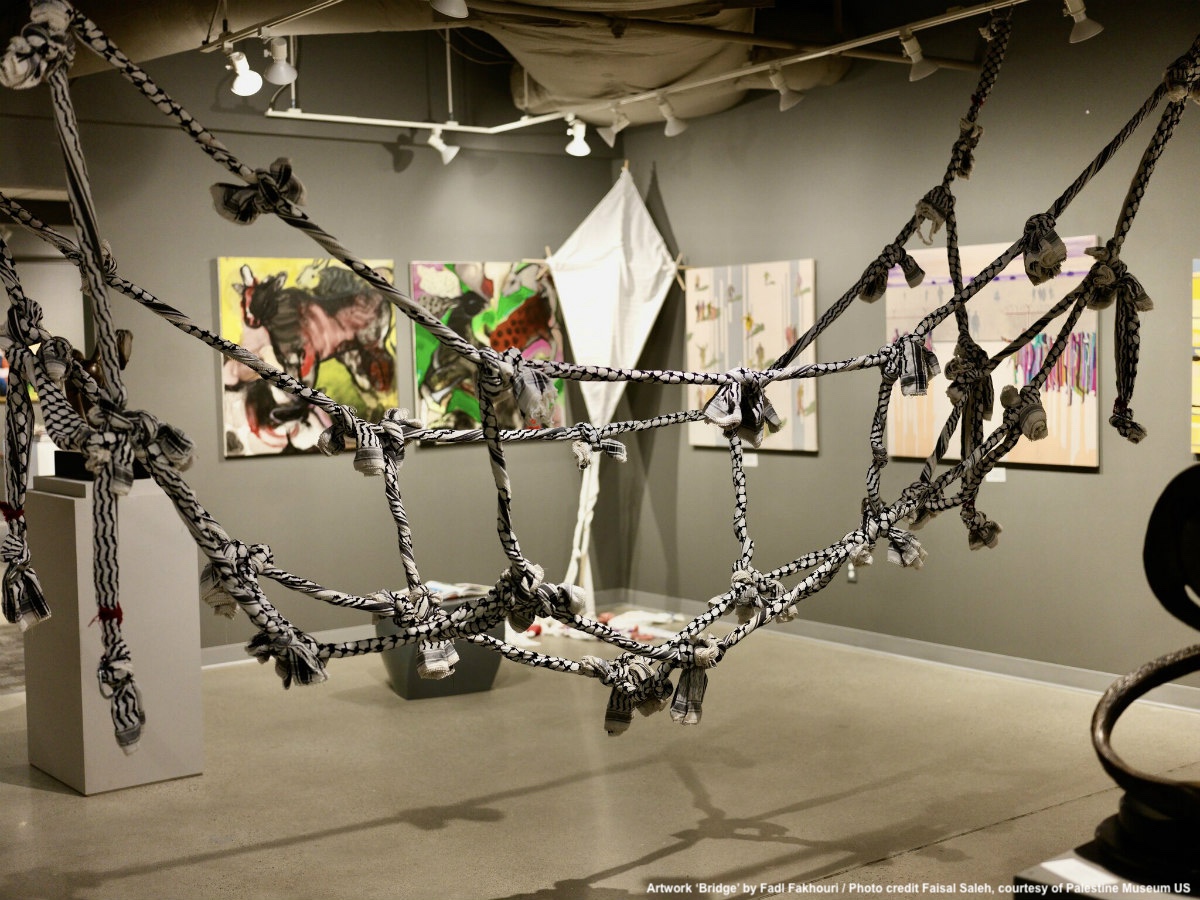What started as saving a sports ground, became one of the most inspiring projects to welcome refugees in the city centre of Munich. It is a great example of how to address the challenge of urban migration and how integration can actually work.
Munich has been welcoming a significant number of refugees since the Syria war has started and their integration has been a top priority of the city administration. In the midst of the refugee crisis, the city council was providing shelter to refugees mainly in the suburbs. Thus urban migration and integration became more than a city challenge.
Due to the significant influx of refugees coming to the city, city officials were opened for solutions to address integration. That is the reason why they agreed to a group of citizen activists to stop the demolition of three buildings, including a sports ground, located right in the centre of the city. The buildings are part of the neighbourhood called Glockenbachviertel, one of the most gentrified parts of the city.
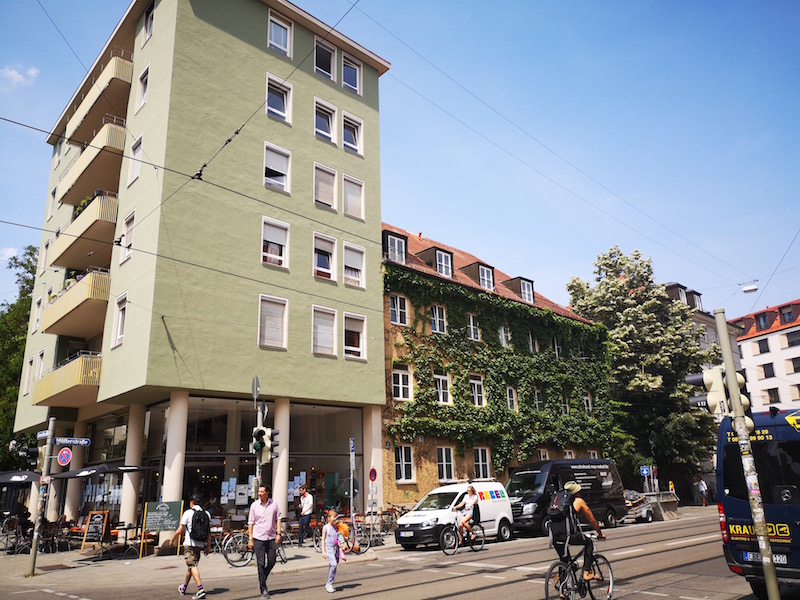
A parent wanted to save a sports ground located among those three buildings. He would regularly meet other neighbours like Matthias Weinzierl and Till Hofmann, two of the founders of the project, at a coffee shop, to discuss how to engage with city officials to convince them to stop their demolition plan. They became citizen activists. They started fighting to keep the buildings in exchange for renovating the apartments to accommodate refugees; a solution that has benefits for everybody (locals, urban migrants and the city council).
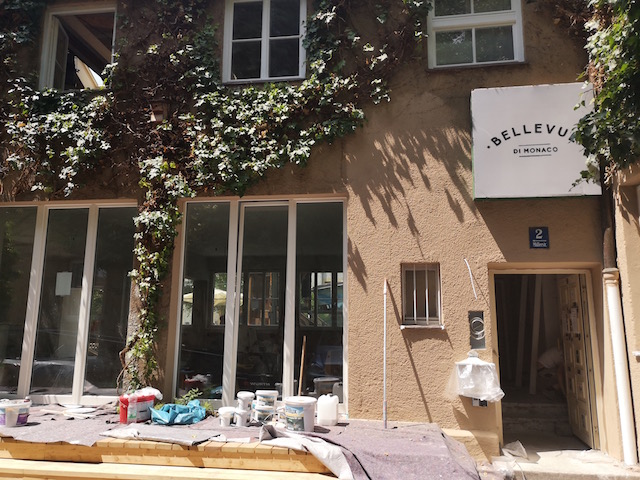
Finally, the city council agreed to keep the buildings and conceded these activists the right to use them. They have renovated all the apartments just with the help of volunteers and build a whole concept of what is today ‘Bellevue di Monaco’. The main entrance is an open info coffee shop. It is organised and run by young refugees and offers information to other refugees coming into the city. Any citizen can come in and help the refugees with language lessons, homework, etc. The centre also organises concerts and all kind of cultural activities where anyone can attend.
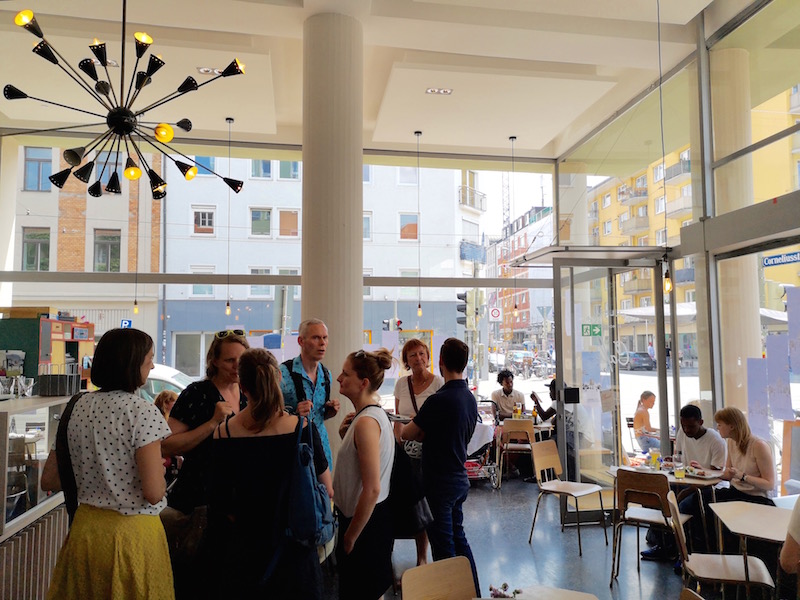
‘At the coffee shop refugees can get in contact with Munich citizens in a relaxed way’, says Matthias Weinzierl. It is a smart and easy solution to address urban migration through the free intermingling of refugees with locals opening up the possibilities of all manner of encounters and feeling part of the city. “After all, we are all neighbours”, pointed out Matthias.
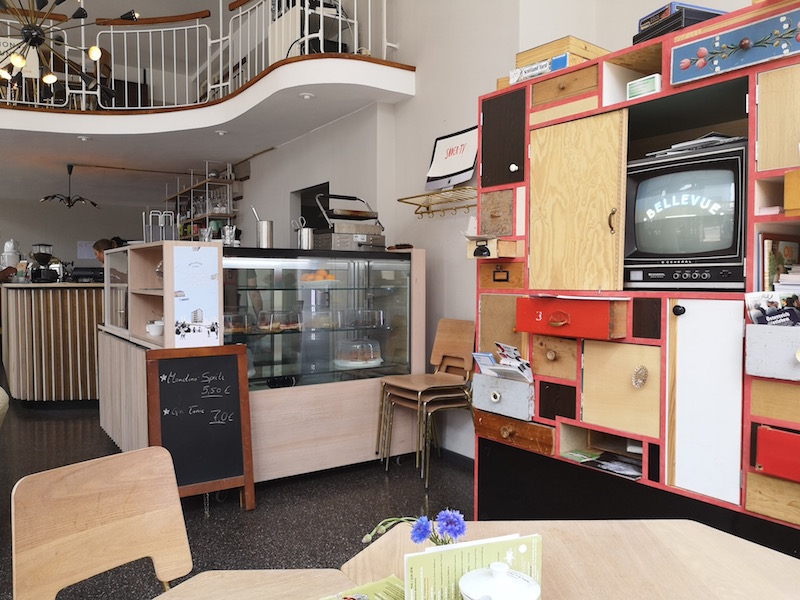
Bellevue di Monaco runs as a cooperative where any engaged citizen can become an associate and pays a contribution, which make it possible for refugees to pay a below-the-market price to live in the apartments.
The founders of the project, who have their own professions (lawyers, architects, social workers, etc.) and do not make a living out of the Bellevue di Monaco project, are an example of how engaged citizens can make a difference in their community, in the city.
They not only manage to keep the old facilities (avoiding gentrification) and the sports court, they also address the challenge of urban migration.
Ultimately, many urban innovations arise organically in community groups and reflect the culture of the people living in this particular neighbourhood.
